
Download Project Charter Bundle
Project Charter Format
1. Project Title
[Insert the title of the project here]
2. Project Overview
Provide a high-level description of the project, its objectives, and its intended impact.
3. Business Case
Briefly explain the business need or problem the project aims to address, and the benefits of completing the project.
4. Project Objectives
List the specific, measurable, achievable, relevant, and time-bound (SMART) objectives of the project.
5. Project Scope
Clearly define what is included in the project and what is excluded (in-scope and out-of-scope items).
6. Deliverables
List the key deliverables or outputs of the project.
7. Milestones
Identify key project milestones with corresponding target dates.
| Milestone | Target Date |
|---|---|
| Milestone 1 | [Date] |
| Milestone 2 | [Date] |
| Milestone 3 | [Date] |
8. Roles and Responsibilities
List the key roles and responsibilities of team members and stakeholders.
| Role | Name | Responsibilities |
|---|---|---|
| Project Sponsor | [Name] | [Responsibilities] |
| Project Manager | [Name] | [Responsibilities] |
| Team Members | [Names] | [Responsibilities] |
9. Stakeholders
Identify key stakeholders and their interest, influence, and role in the project.
| Stakeholder | Role | Interest/Influence |
|---|---|---|
| [Name] | [Role] | [Interest/Influence] |
10. Project Assumptions
Document any assumptions made during the planning of the project.
11. Project Constraints
Highlight any constraints that could impact the success of the project (time, budget, resources, etc.).
12. Risks and Mitigation
Identify potential project risks and their corresponding mitigation strategies.
| Risk | Impact | Mitigation Strategy |
|---|---|---|
| [Risk 1] | [Impact] | [Mitigation Strategy] |
| [Risk 2] | [Impact] | [Mitigation Strategy] |
13. Budget and Resources
Outline the estimated budget, resources required, and any financial constraints.
| Resource | Quantity | Cost |
|---|---|---|
| [Resource 1] | [Quantity] | [Cost] |
| [Resource 2] | [Quantity] | [Cost] |
14. Project Timeline
Provide an overview of the project timeline, key activities, and deadlines.
15. Approval and Sign-off
Include the signatures of key stakeholders and the project sponsor to indicate approval of the charter.
| Name | Title | Signature | Date |
|---|---|---|---|
| [Name] | [Title] | [Signature] | [Date] |
| [Name] | [Title] | [Signature] | [Date] |
Project Charter Samples
-
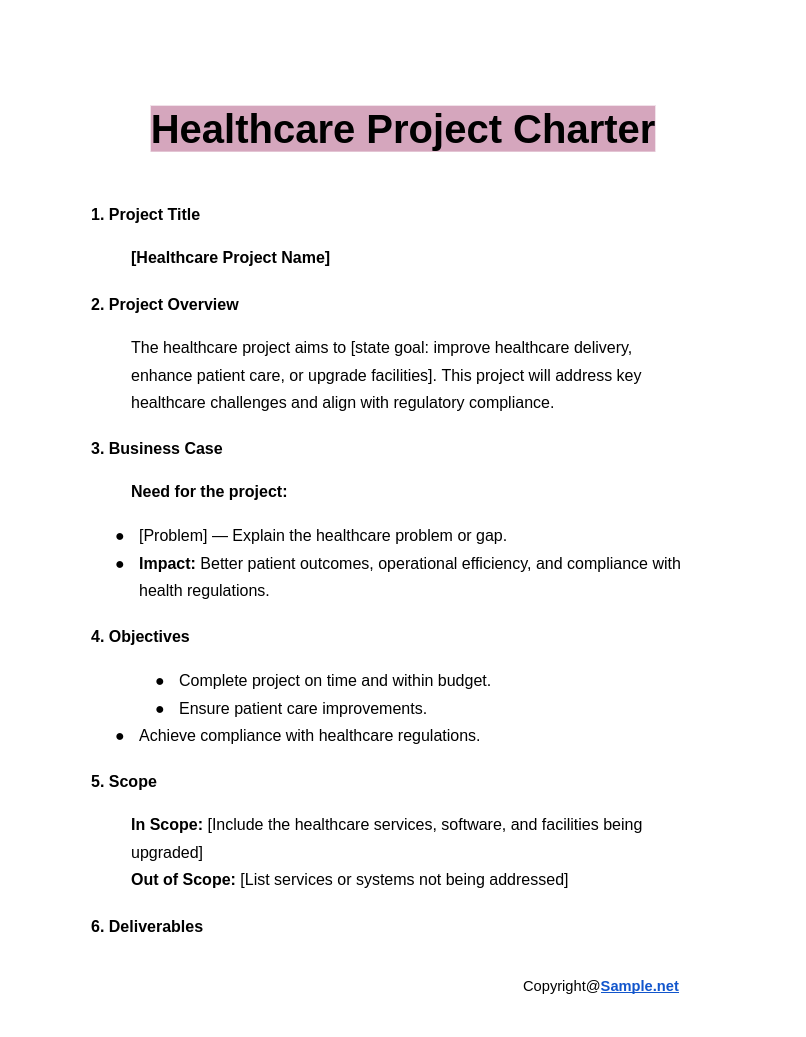
Healthcare Project Charter
download now -

Project Charter for Students
download now -
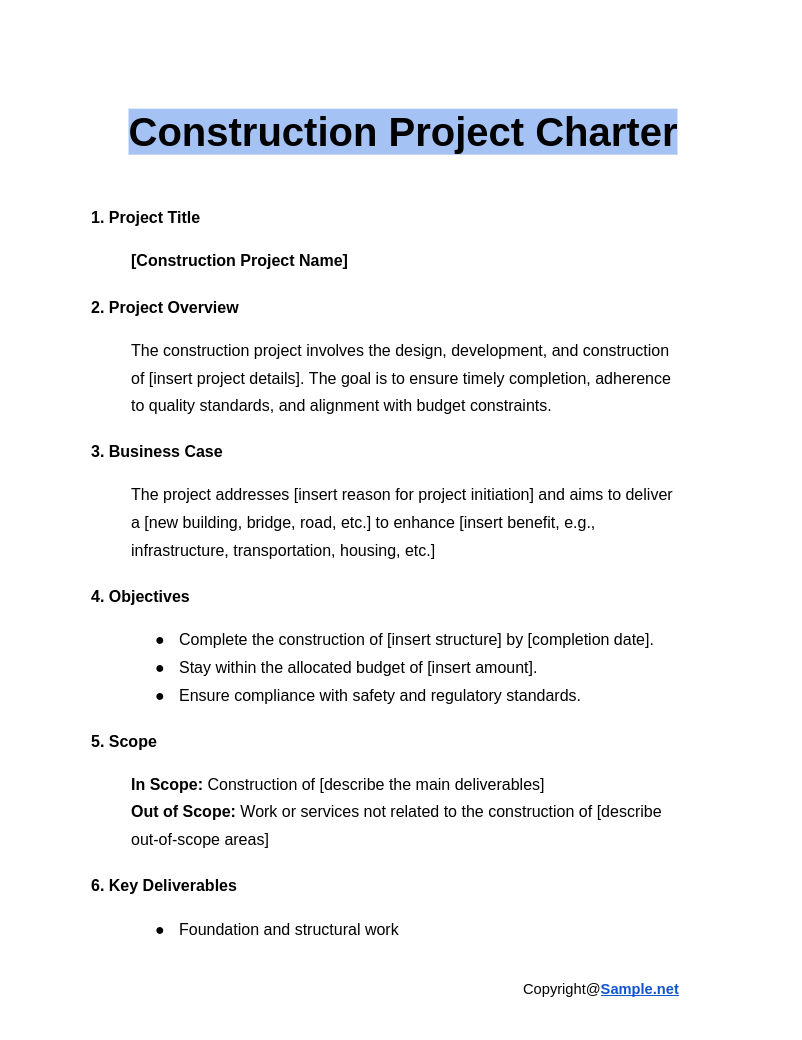
Construction Project Charter
download now -
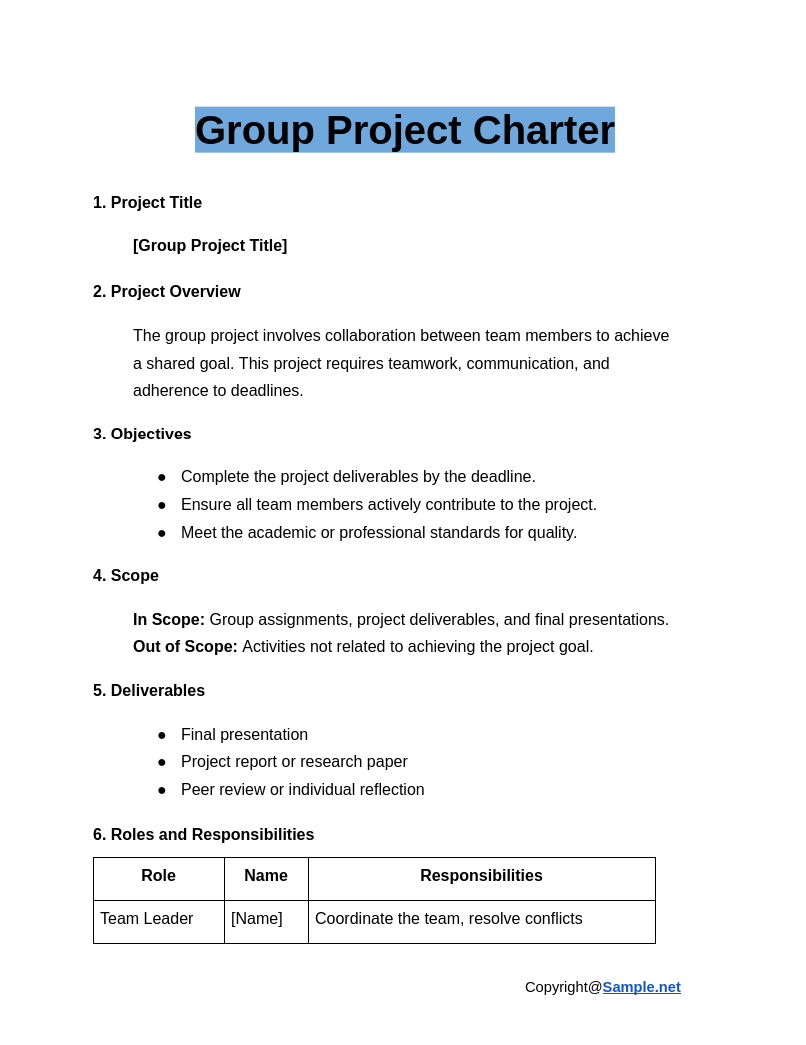
Group Project Charter
download now -
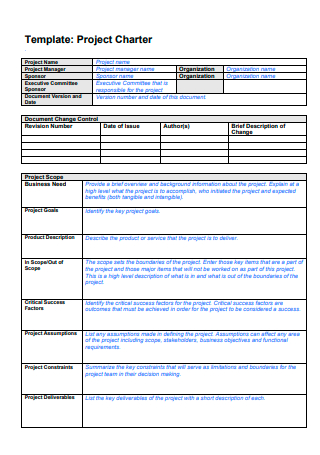
Project Charter Template
download now -
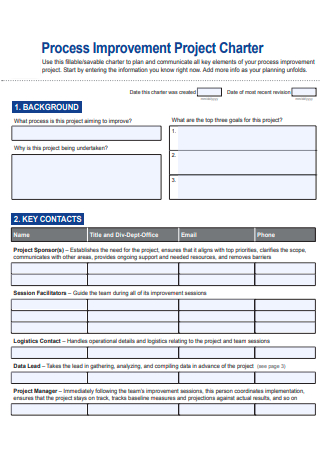
Process Improvement Project Charter
download now -
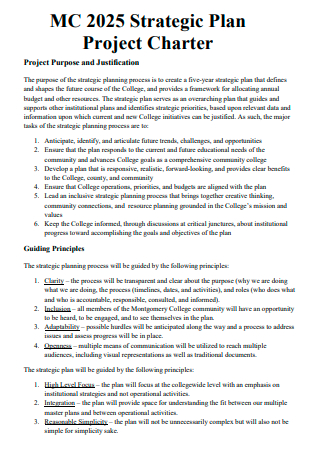
Strategic Plan Project Charter
download now -
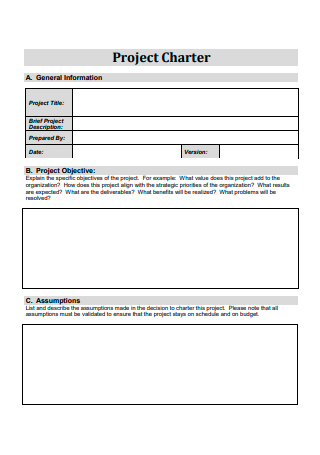
Basic Project Charter
download now -
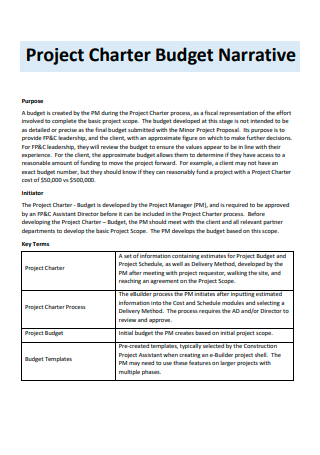
Project Charter Budget Narrative
download now -
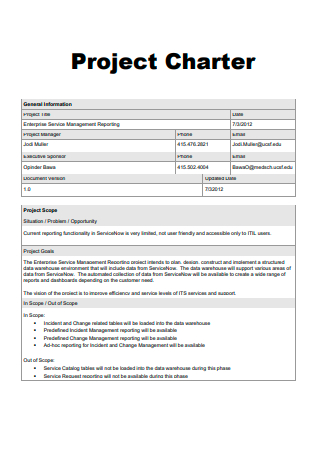
Project Charter Example
download now -

Formal Project Charter
download now -
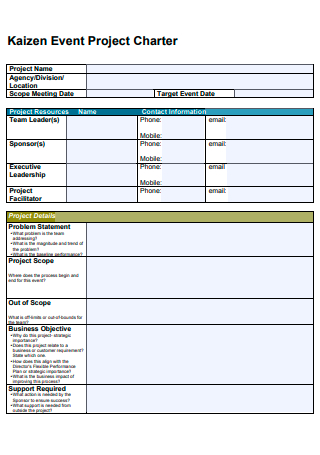
Event Project Charter
download now -
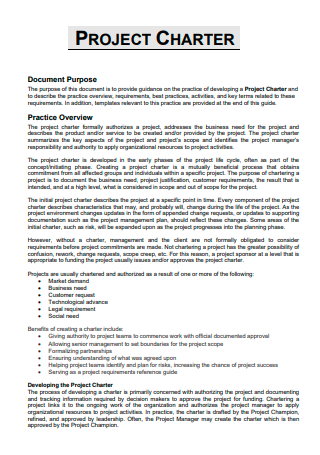
Project Charter in PDF
download now -
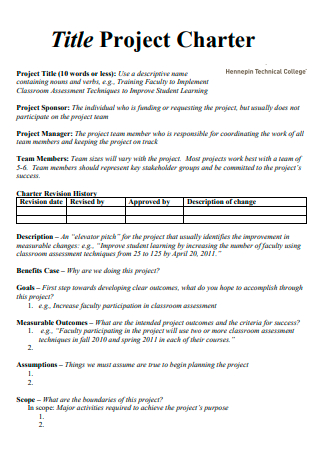
Title Project Charter
download now -
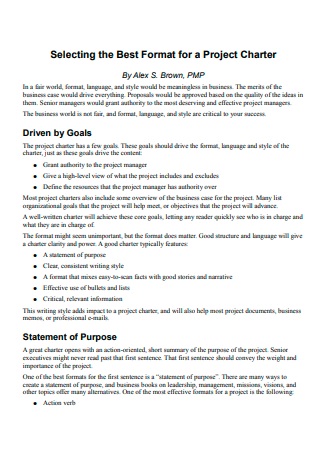
Project Charter Format
download now -
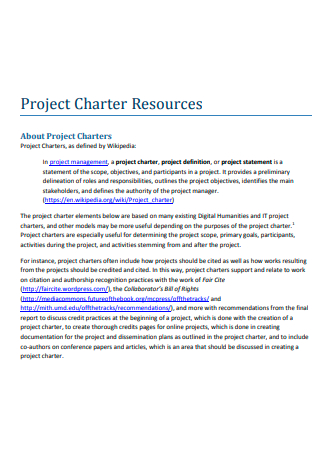
Project Charter Resources
download now -
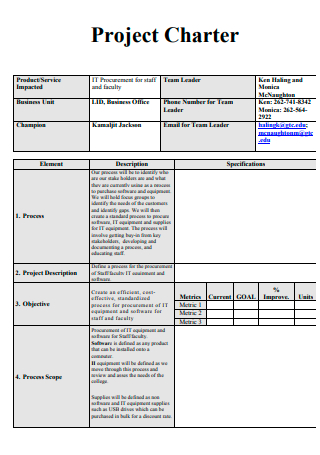
Simple Project Charter
download now -
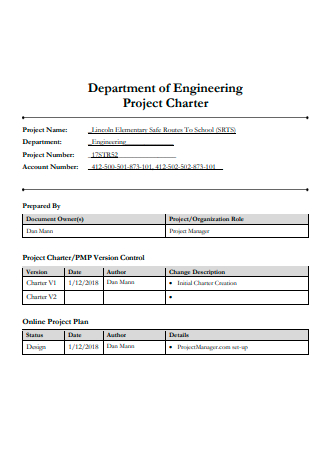
Department of Engineering Project Charter
download now -
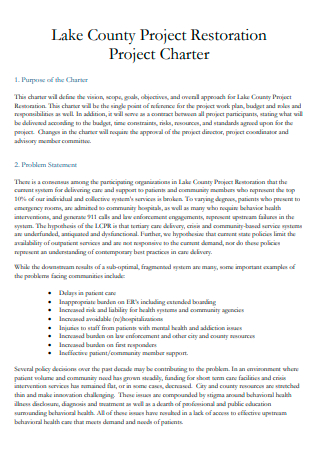
Project Restoration Charter
download now -
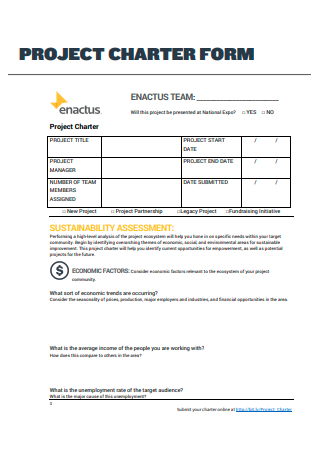
Project Charter Form
download now -
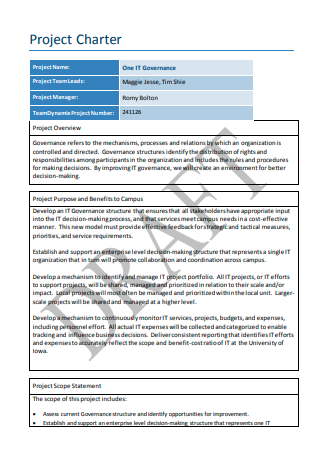
Draft Project Charter
download now -
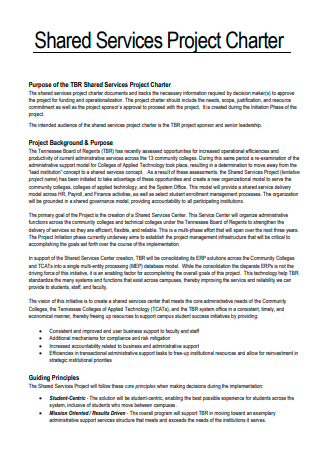
Shared Services Project Charter
download now -
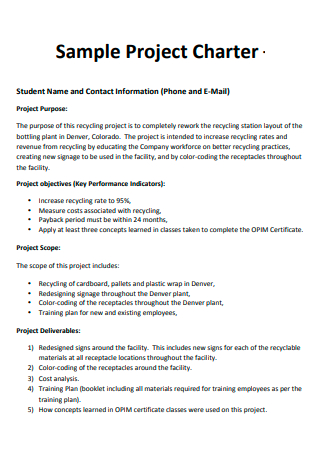
Sample Project Charter
download now -
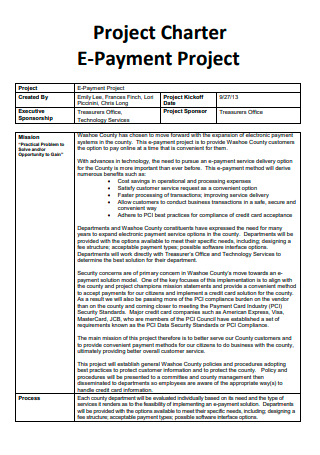
E-Payment Project Charter
download now -
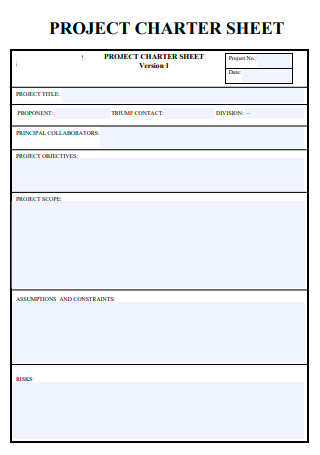
Project Charter Sheet
download now
What is a Project Charter?
A project charter is a formal document outlining the project’s scope, purpose, team members, and respective roles and duties. In addition, it outlines the project manager’s authority, includes a list of key stakeholders, and describes the project’s implementation, potential advantages, risks, and constraints. Typically, the project charter is created at the beginning of a project’s lifecycle and serves as a reference throughout its progress. Typically, the project manager drafts the example charter and delivers it for approval to the project’s stakeholders or sponsors. Once all parties sign the agreement, the project can officially begin. However, the sponsors can reject the charter if they disagree with the project’s stated objectives or money allocation. Under such circumstances, the project manager can discuss the project’s specifics to address the issues. According to statistics, a staggering 97% of firms consider project management crucial to company performance and organizational success. You can also see more on Project Roadmaps.
Elements of a Project Charter
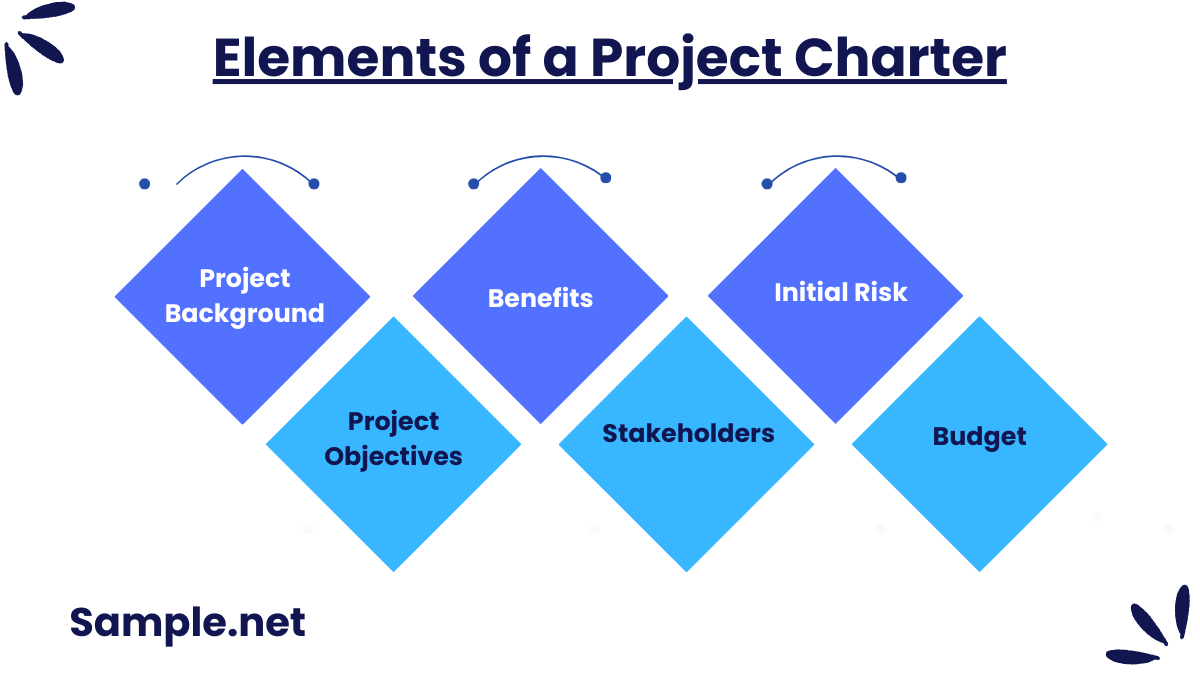
The project charter documents certain fundamental aspects, so everyone has a common idea of the upcoming work. The phrase “charter” is used to describe any form of activity, such as defining what a team does. You may also have a PMO charter outlining the team’s work scope. Chartering is a formal project planning activity, and we discuss it in further depth in our Project Management Fundamentals training course. Here are the primary components of a project charter as an introduction.
How to Create a Project Charter
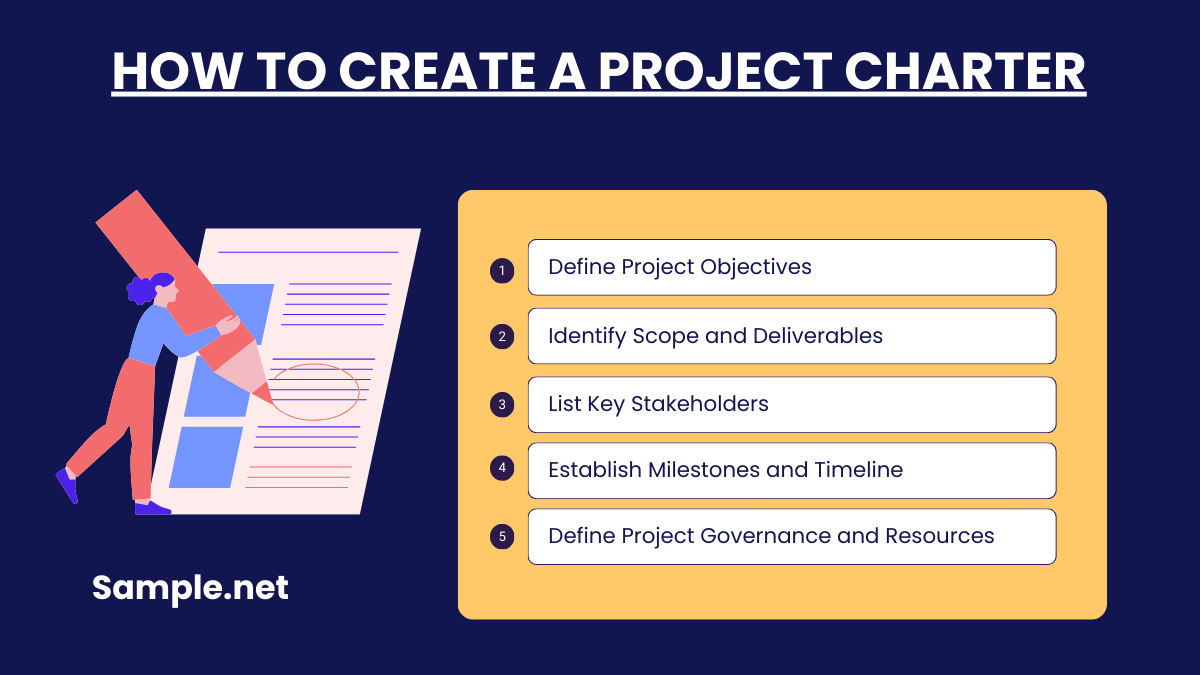
Step 1: Define Project Objectives
To create a Project Charter, start by defining the project’s main objectives. Clearly state the goals, such as improving operational efficiency, launching a product, or solving a specific problem. Objectives must be SMART (Specific, Measurable, Achievable, Relevant, Time-bound) to ensure clarity and focus. Collaborate with key stakeholders during this step to ensure their needs are reflected in the objectives. This step sets the tone for the entire project, so precision is essential.
Step 2: Identify Scope and Deliverables
Next, outline the project’s scope and deliverables. Define the work that needs to be done and the outcomes expected at each stage of the project. Clearly define project exclusions, ensuring that tasks outside the scope are documented to avoid confusion later. This step helps stakeholders understand what the project will and will not deliver. Additionally, defining deliverables keeps the project team on track, ensuring a smooth workflow. You can also see more on Project Plans.
Step 3: List Key Stakeholders
In this step, list all stakeholders who have a vested interest in the project. Identify key stakeholders, including sponsors, clients, team members, and regulatory bodies. Their roles and expectations should be clarified. Assign roles and responsibilities to each stakeholder. This step ensures transparency, prevents role ambiguity, and promotes accountability. Effective stakeholder engagement is critical for project success.
Step 4: Establish Milestones and Timeline
Outline the key milestones and create a project timeline. Divide the project into phases and establish major checkpoints to track progress. Each milestone should have an associated deadline. Break down larger tasks into smaller, manageable steps. Milestones provide stakeholders with a clear view of project progress. This step allows project managers to measure the project’s performance and manage deadlines effectively.
Step 5: Define Project Governance and Resources
Finally, define project governance and allocate necessary resources. Appoint the project manager, and specify their authority and responsibilities. Identify the financial, human, and material resources required for project execution. Governance outlines the decision-making process and escalation procedures. Resource allocation ensures that team members have the tools they need to complete tasks. This step formalizes the project manager’s authority to lead the team and make decisions. You can also see more on Charter Agreement.
A Project Charter is the cornerstone of successful project management. It provides project authorization, scope clarity, and stakeholder alignment. By defining objectives, deliverables, stakeholders, and resources, it establishes a strong foundation for project success. The charter facilitates accountability, risk management, and decision-making throughout the project lifecycle. Crafting a thorough Project Charter ensures that teams work with clear goals and stakeholders remain aligned, reducing confusion and scope creep while promoting project efficiency and timely completion.
FAQs
What should a project charter include?
Only three items should be included in a project charter: the project’s objectives, scope, and responsibilities. Create a project plan once your charter has been authorized. Your project plan expands on your project charter to provide a more detailed outline of the project’s essential components. You can also see more on Project Management Plans.
Is project charter a contract?
The project charter is the key document that outlines the project’s first requirements to satisfy stakeholders’ expectations. A project charter is an agreement between a company dedicated to creating a product or service and a client who wants and receives the product or service.
Is a project’s charter legally enforceable?
Typically, the document is not legally binding. It can be signed for either operational or project work. It is created exclusively for a project. Without external direction, support, or oversight, there is no need for a contract for projects completed internally. You can also see more on Project Work Proposal.
How does a Project Charter impact project success?
A Project Charter plays a critical role in project success by setting clear objectives, defining scope, and ensuring alignment among stakeholders. It empowers the project manager to allocate resources and make decisions. Without a well-defined charter, projects risk delays, misunderstandings, and increased costs due to scope creep and misaligned goals. The charter also facilitates accountability, risk management, and improved project governance.
What happens if a project does not have a Project Charter?
Without a Project Charter, projects may suffer from a lack of direction, misaligned stakeholder expectations, and unclear project objectives. This increases the risk of scope creep, budget overruns, and delayed timelines. It also weakens the project manager’s authority, making it harder to secure resources. Ultimately, the absence of a charter reduces the likelihood of project success, as there is no formal reference for stakeholders to rely on.
What is the role of stakeholders in a Project Charter?
Stakeholders play a crucial role in developing and implementing a Project Charter. They provide input on project goals, scope, and deliverables. Key stakeholders include sponsors, clients, team members, and regulatory bodies. Their involvement ensures that the project objectives align with business needs. During the project, stakeholders support decision-making, resource allocation, and risk mitigation. Effective stakeholder involvement increases project buy-in and promotes transparency and accountability. You can also see more on Project Schedules.
